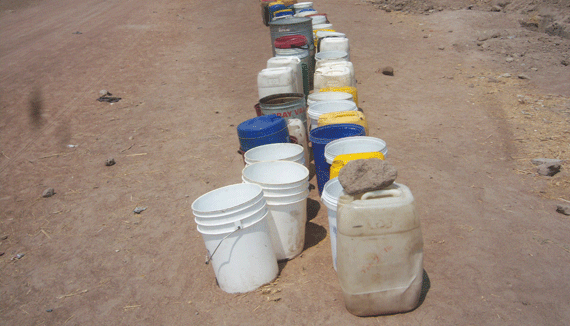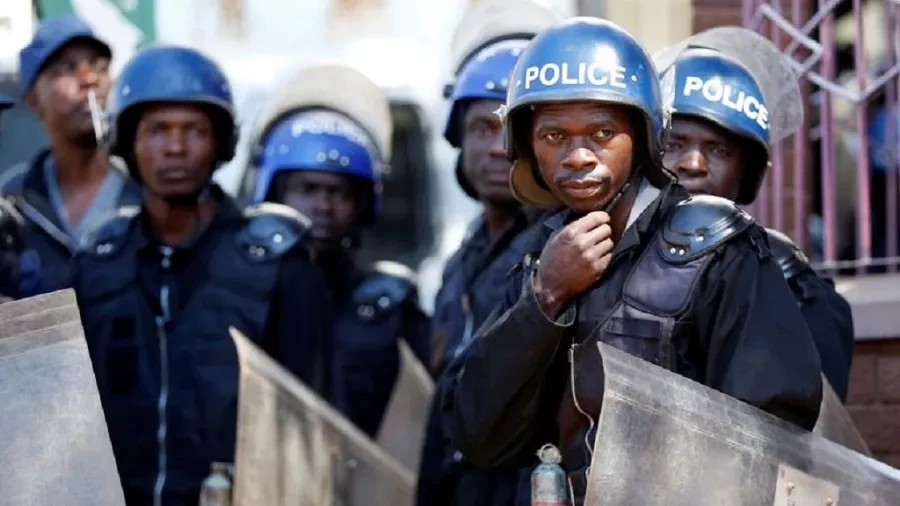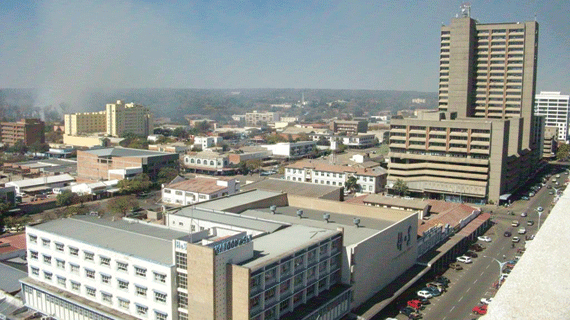
BULAWAYO City Council water supply dams are currently 65,86% full, with the local authority saying at the present consumption rate, water supplies were guaranteed for the next three years.
PRIVILEGE SHOKO OWN CORRESPONDENT This will come as good news to residents, who in the past few years have had to endure tormenting water cuts.
Dams have gained significantly since rains started in Bulawayo and surrounding areas recently after a brief dry spell.
According to statistics released by the local authority Insiza is 91,48% full, Mtshabezi 96,06%, Inyankuni 28,80%, Lower Ncema 76,15%, Umzingwane 45,97%, Upper Ncema 37,95% full.
Abstractions from Mtshabezi and Insiza dams were limited by pipeline capacities, which at present were 17 and 45 megalitres per day respectively.

“Pumping from Mtshabezi to Mzingwane for the month totalled 257 078m², of which pumping resumed on September 15 after repairs, which had been undertaken on the rising mains by Zinwa (Zimbabwe National Water Authority),” the council report said.
The total volume storage capacity of the dams is 273 085 430m², as compared to last year’s 175 128 213m².
“The expected theoretical depletion of the monthly average draw-down period translated to 32,4 months,” reads the report.
- Chamisa under fire over US$120K donation
- Mavhunga puts DeMbare into Chibuku quarterfinals
- Pension funds bet on Cabora Bassa oilfields
- Councils defy govt fire tender directive
Keep Reading
The local authority has agreed to partner with the government and Zinwa to implement a project in a short space of time to augment the city’s current water supply with an additional 10 megalitres a day.
Water rationing limits in low-density areas are still pegged at 350 litres per day, high-density (300lt per day), cottages (200lt per day) and residential flats with individual meters (300llt).
Three years ago, the Bulawayo City Council had to introduce the infamous “big flush” where residents were to flush their toilets simultaneously at a given hour, so water could clear pipes that had dried due to lack of water.
The council has had to introduce bowsers and water tanks to augment water supplies and at one time mulled introducing a train to cart water from Zambezi water.
Bulawayo introduced water rationing in 2010 due to insignificant inflows into its feeder dams, most of which are located in the low rainfall areas of Matabeleland South.
Bulawayo has over the years been facing perennial water shortages, which have been attributed to residential expansions demanding more water supplies while no new dams have been built.










